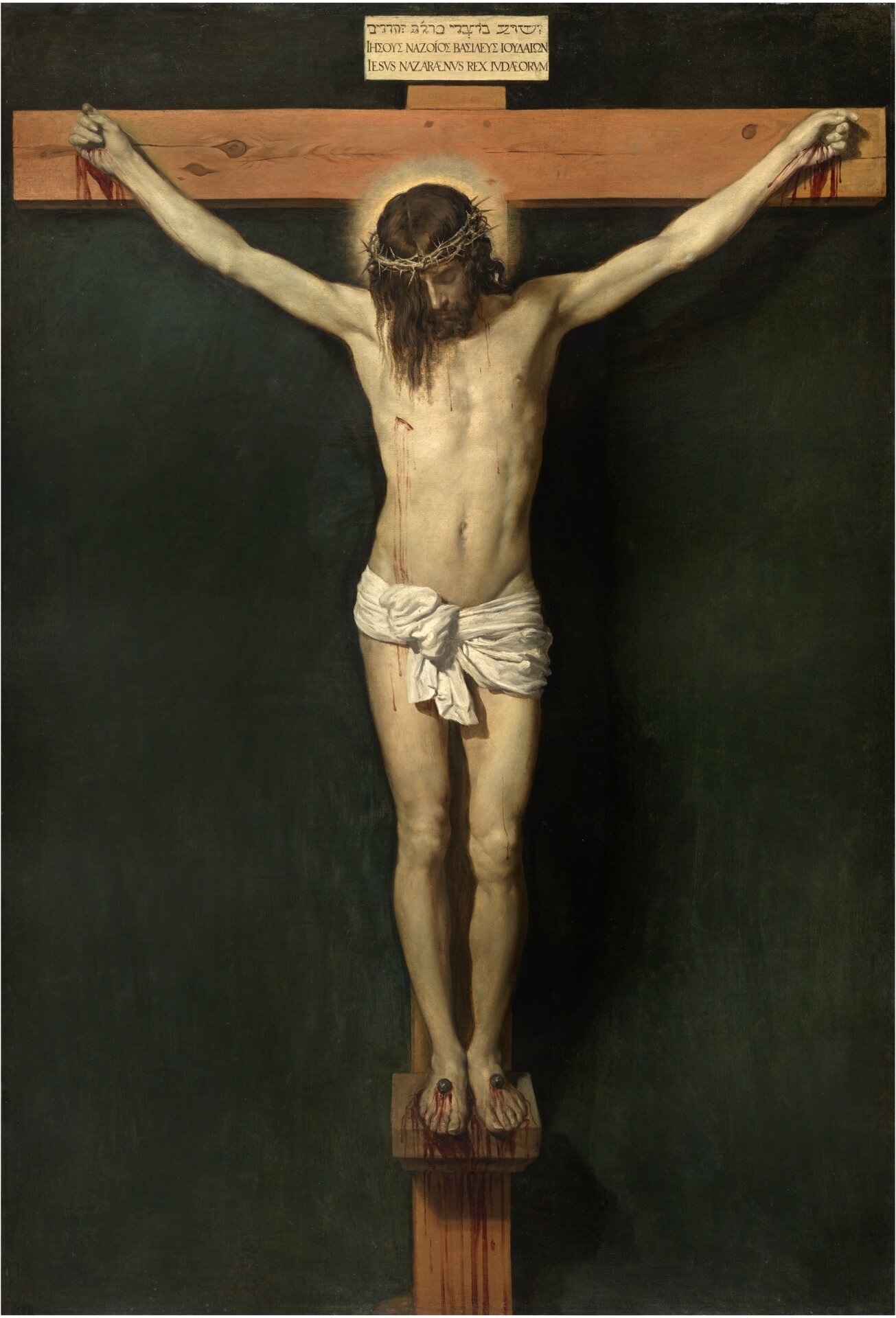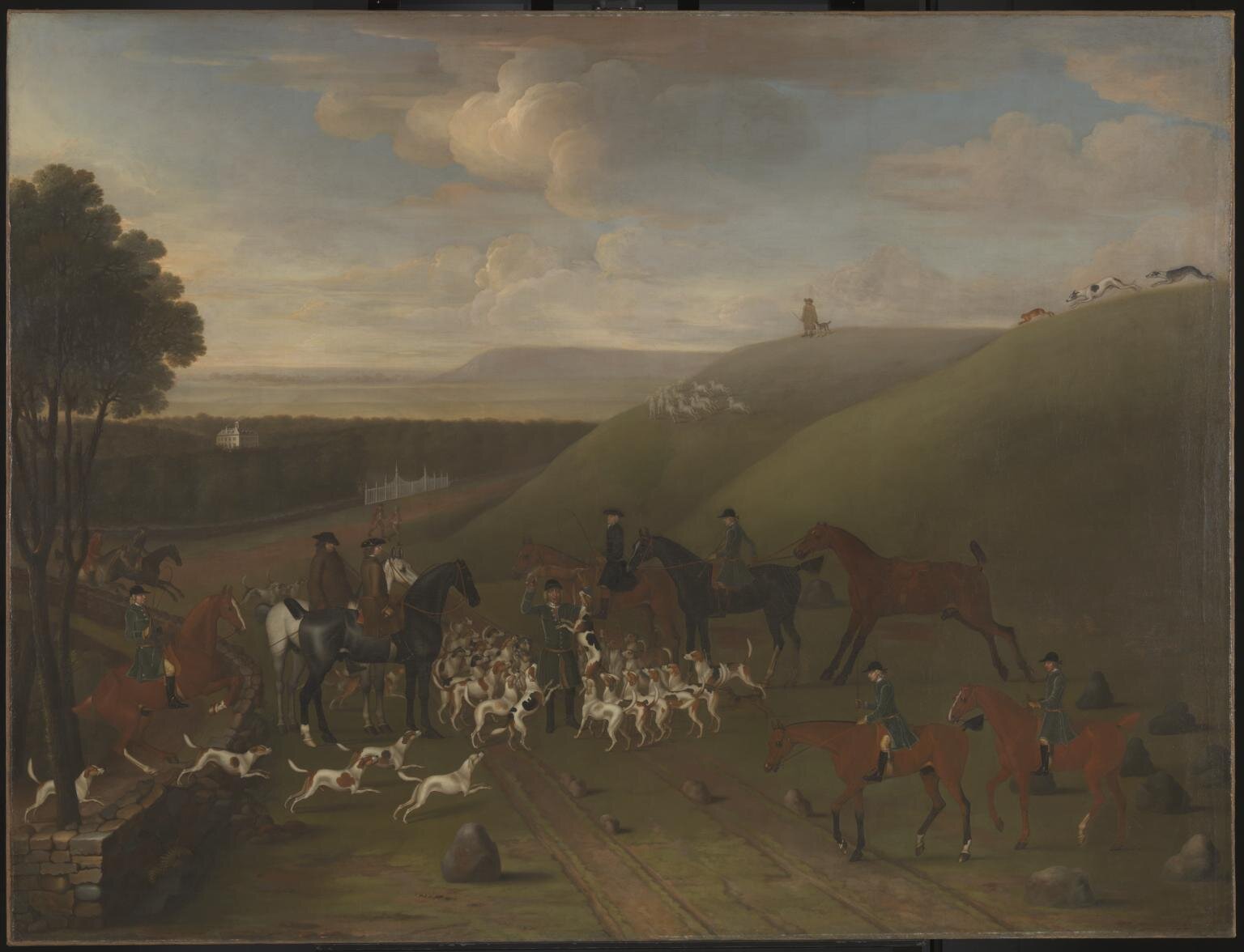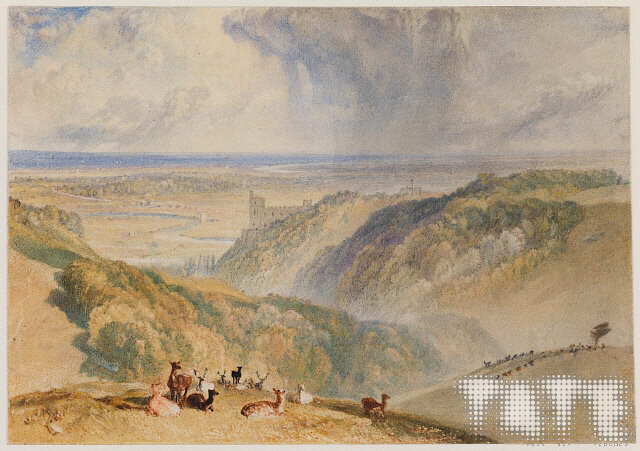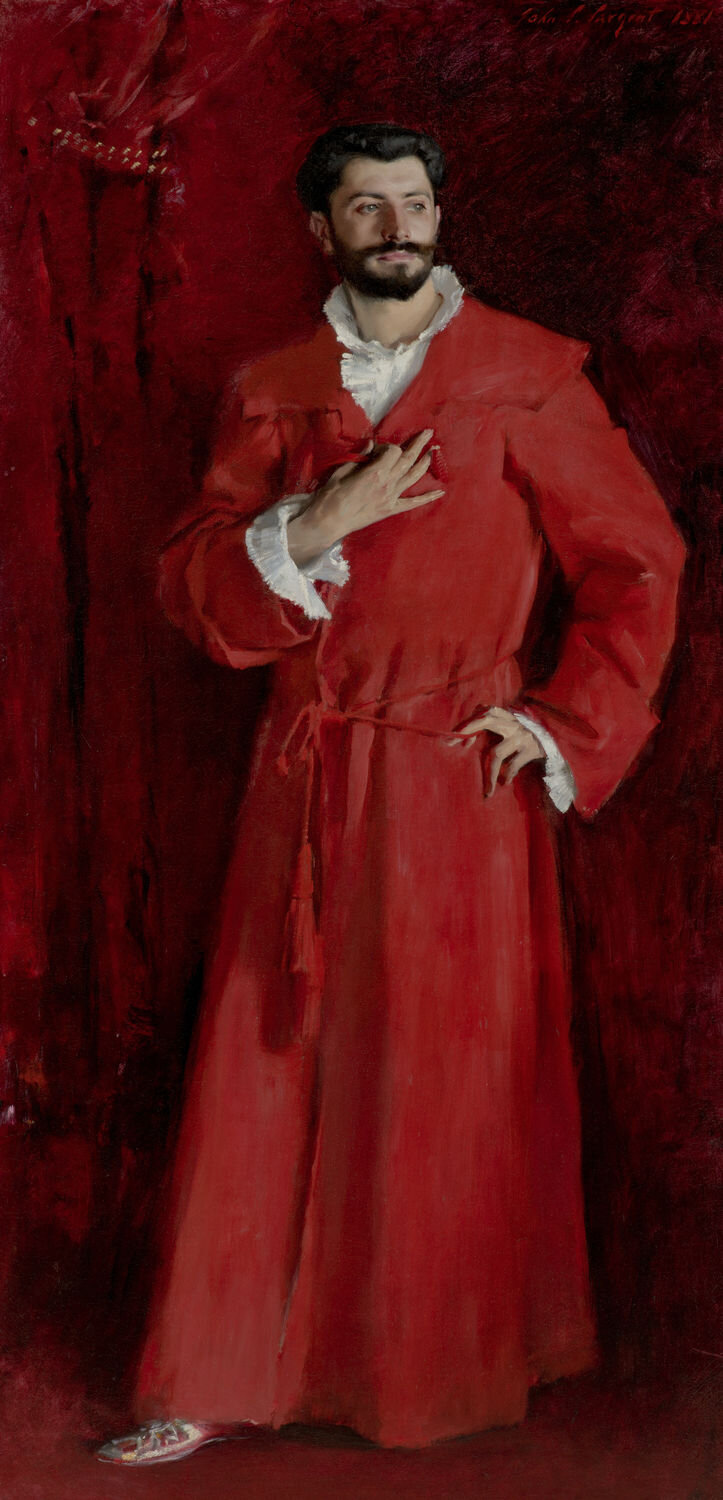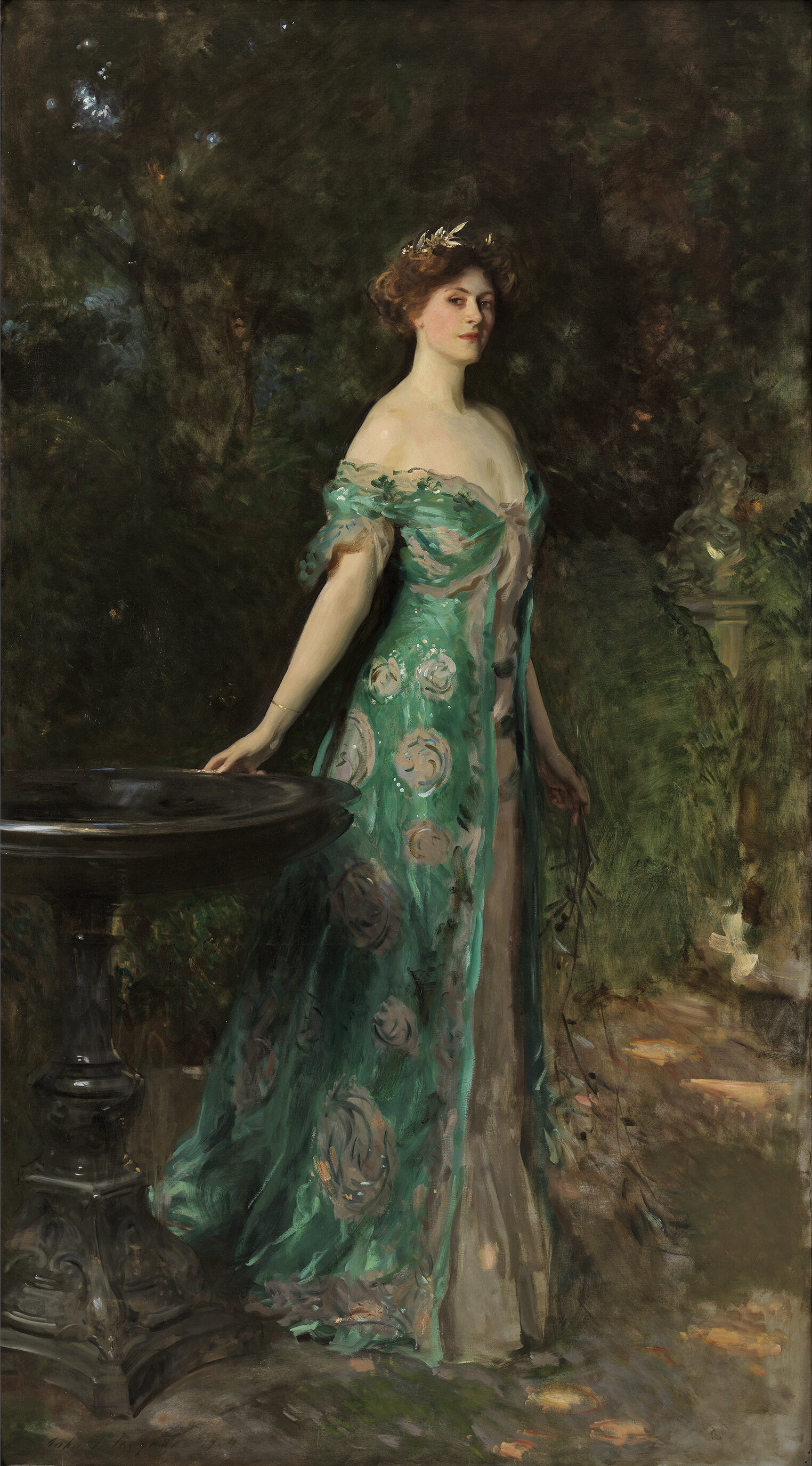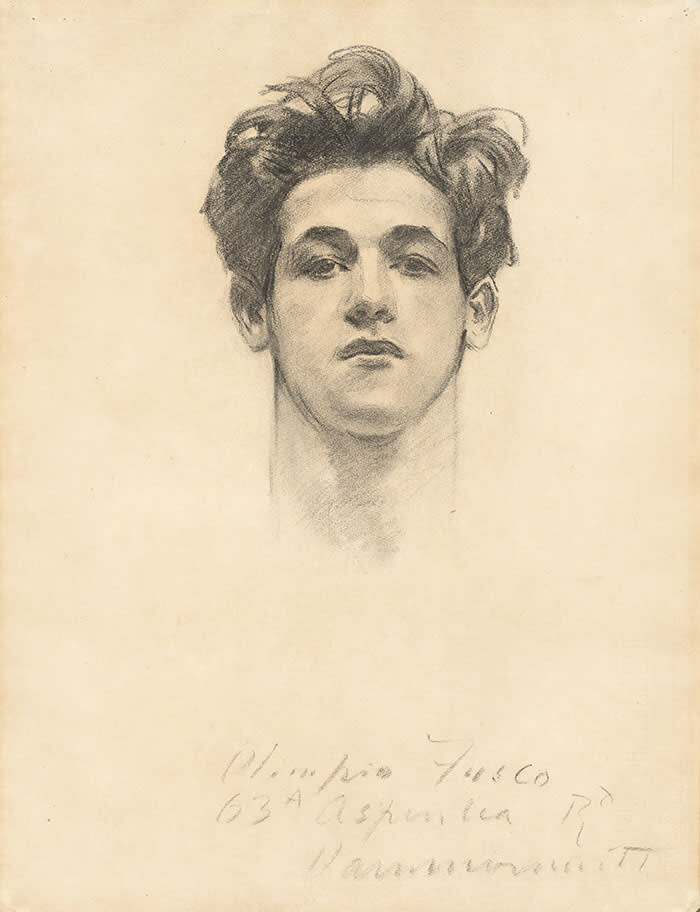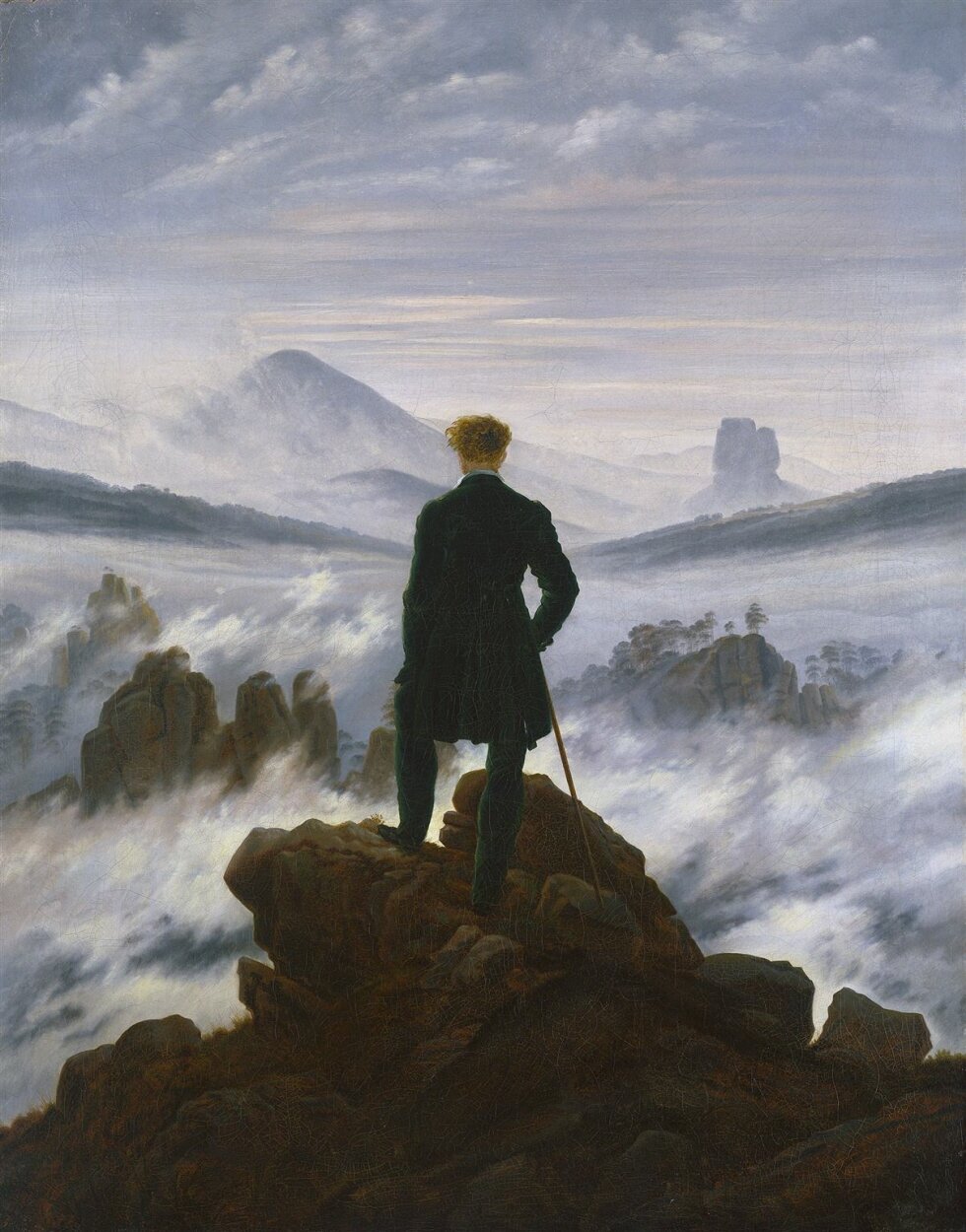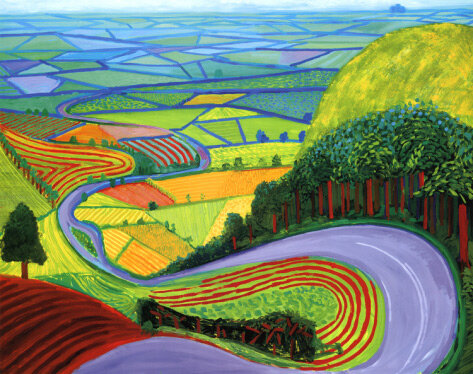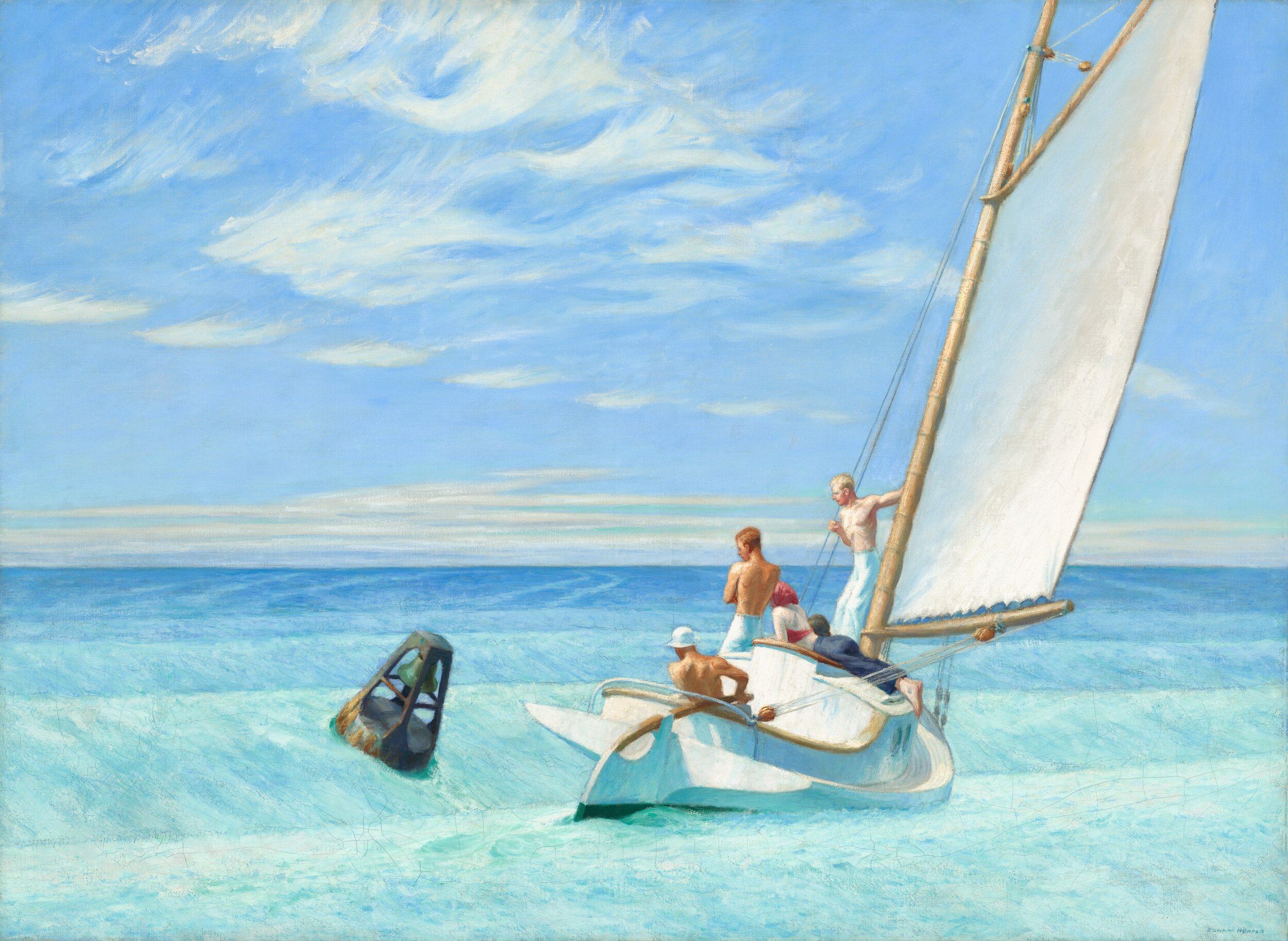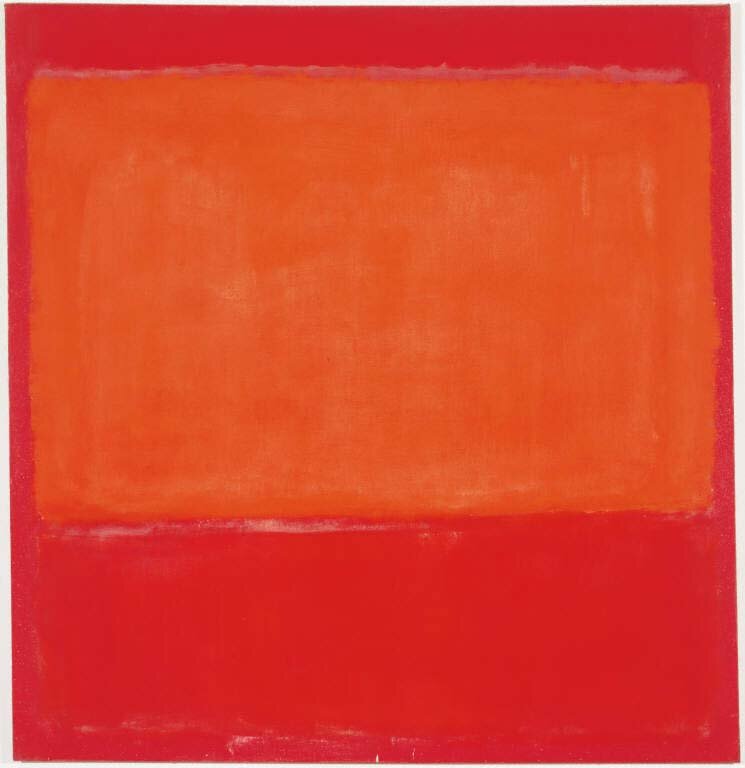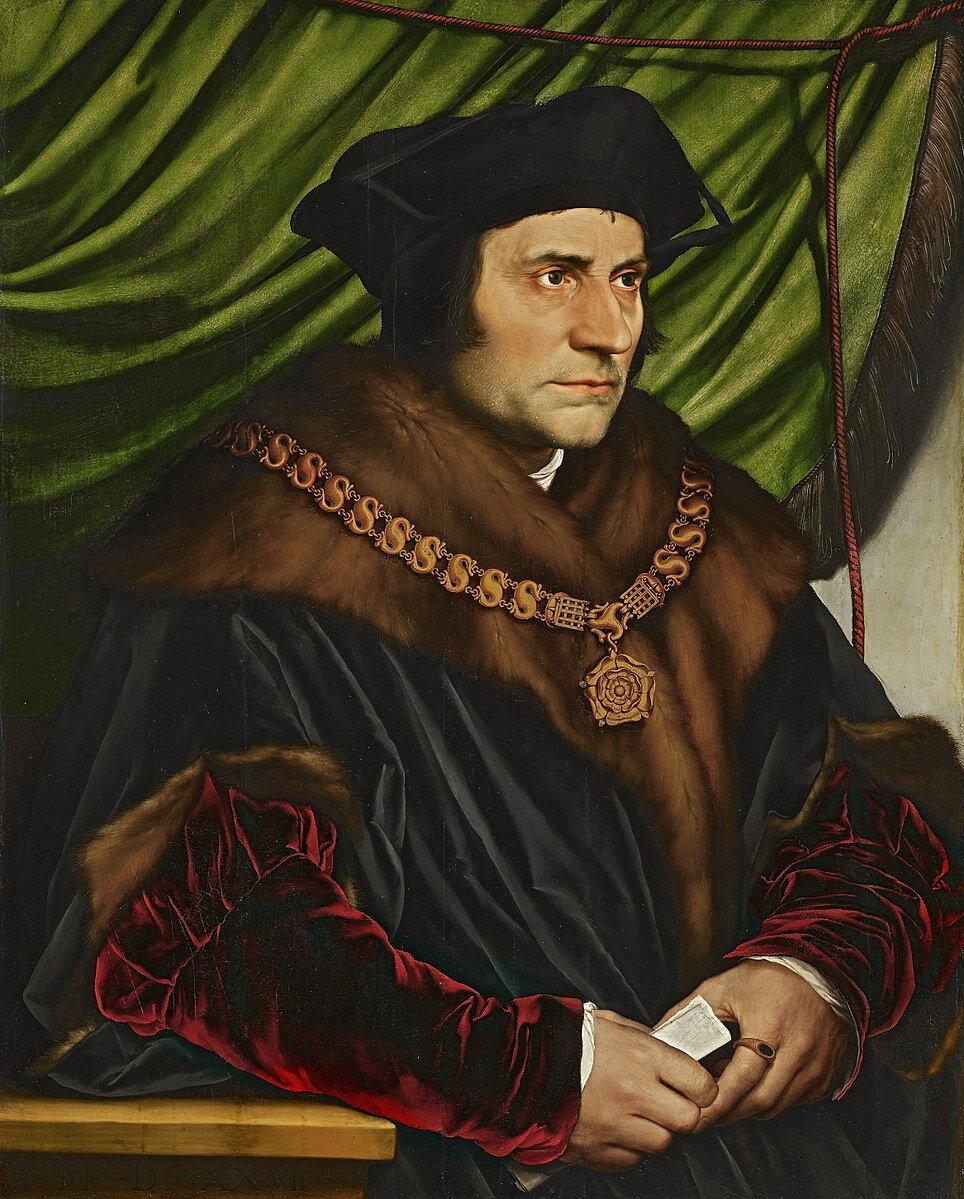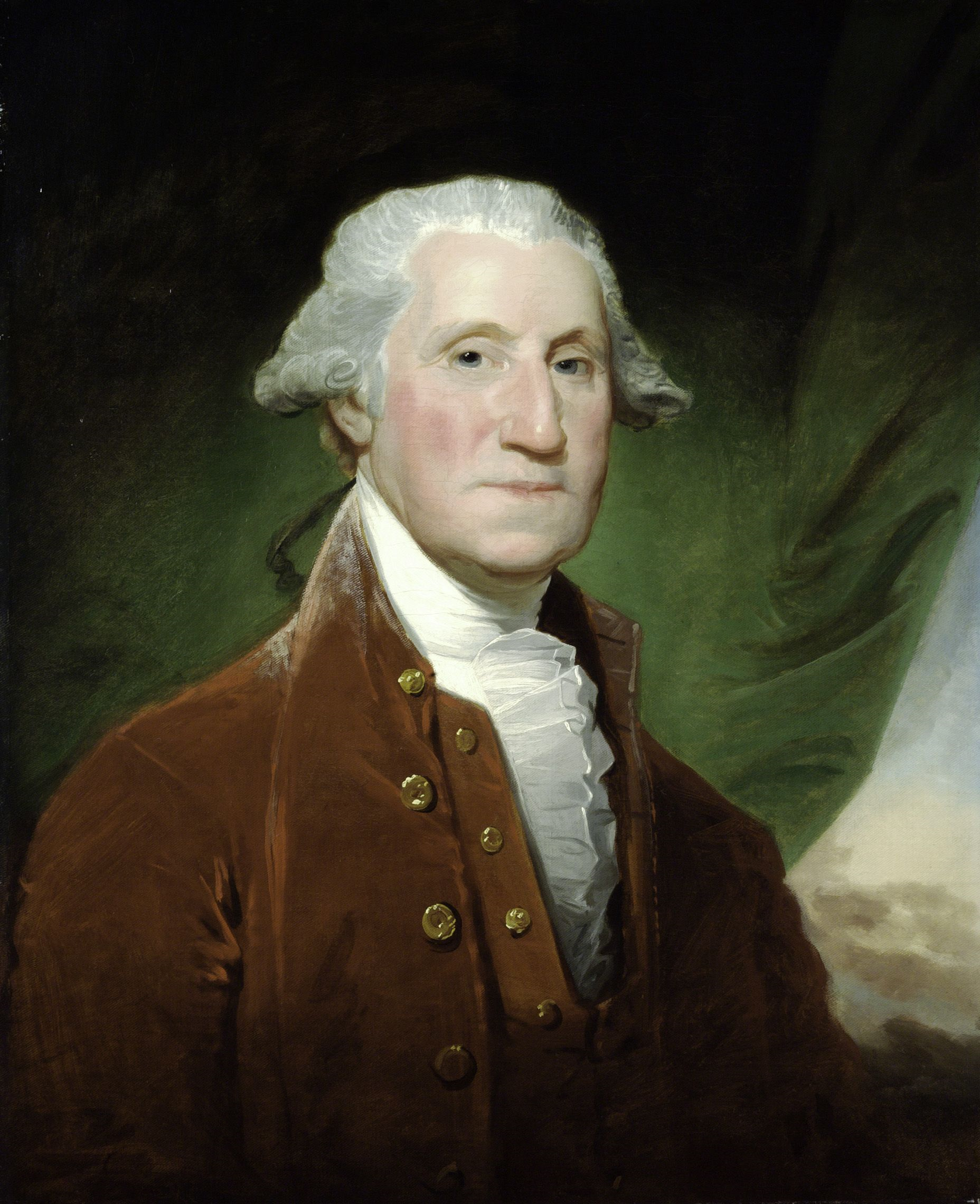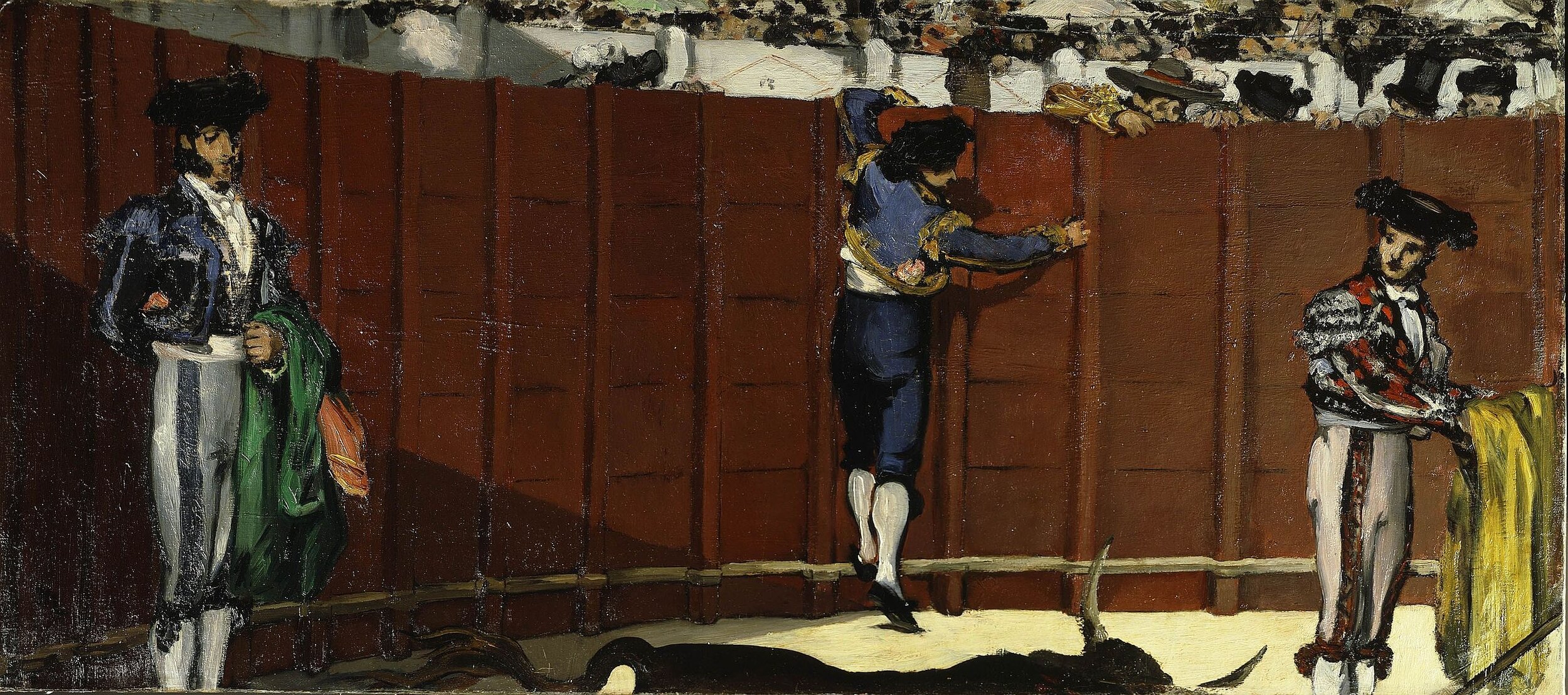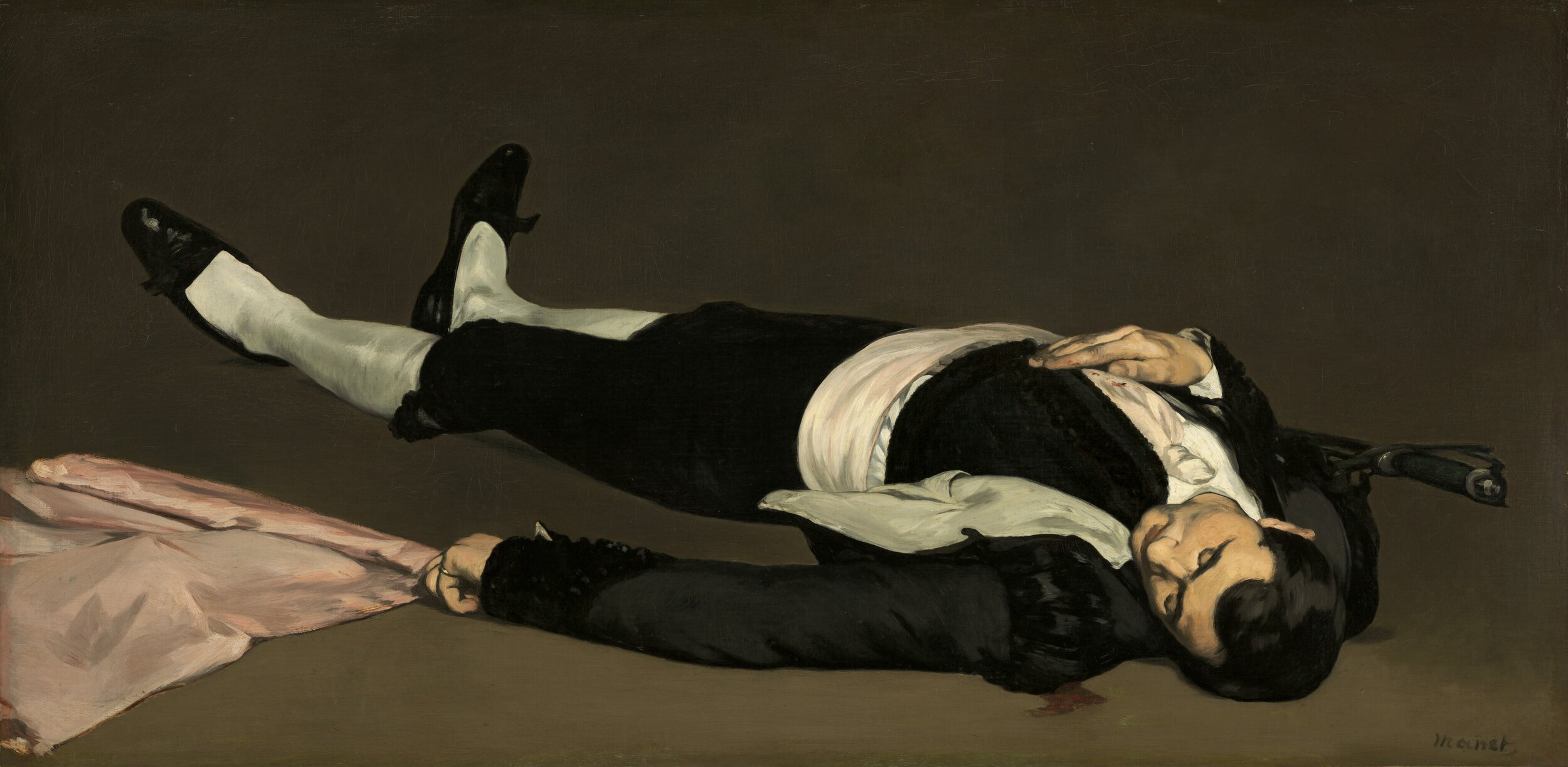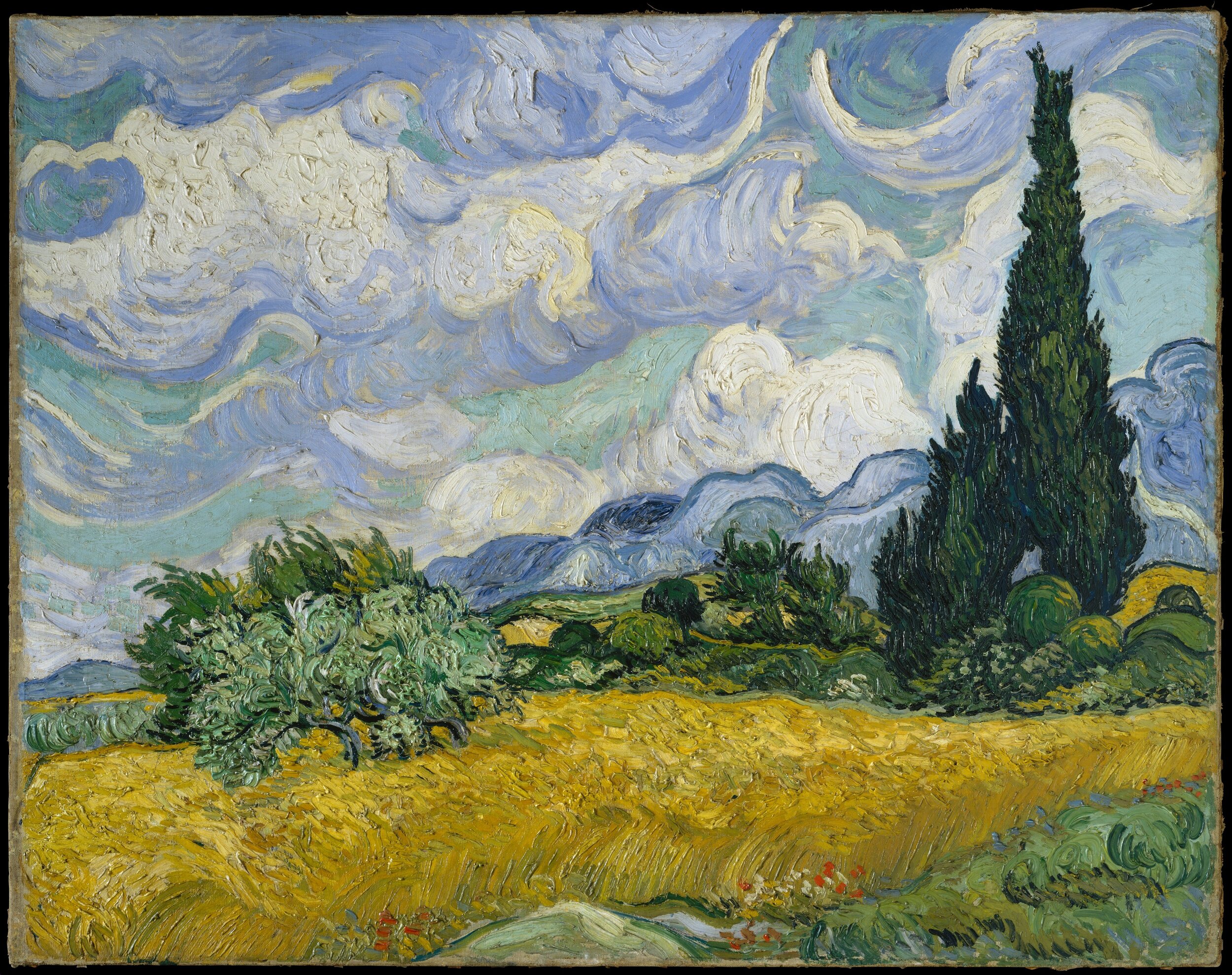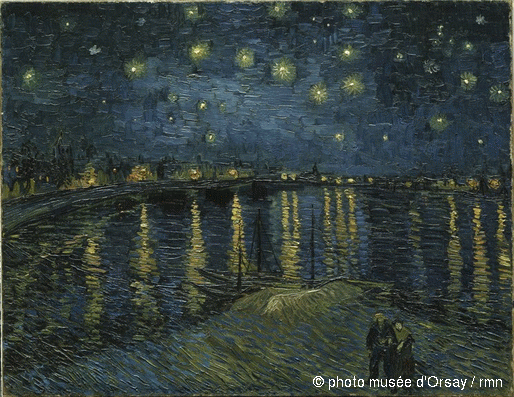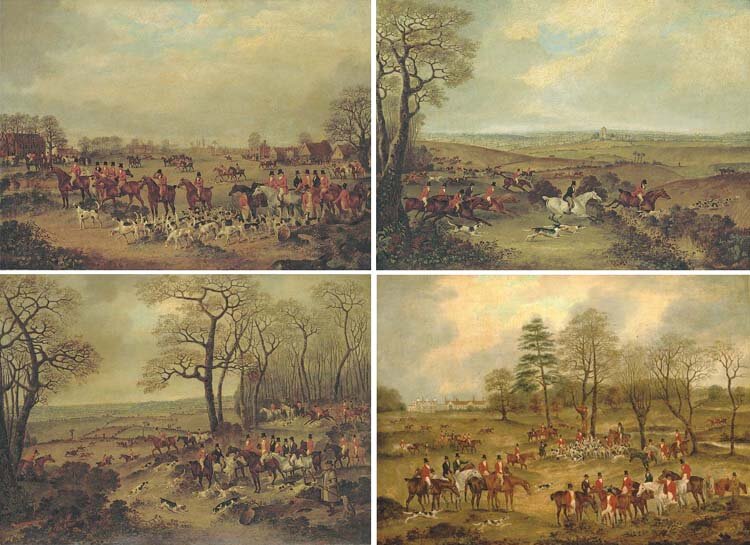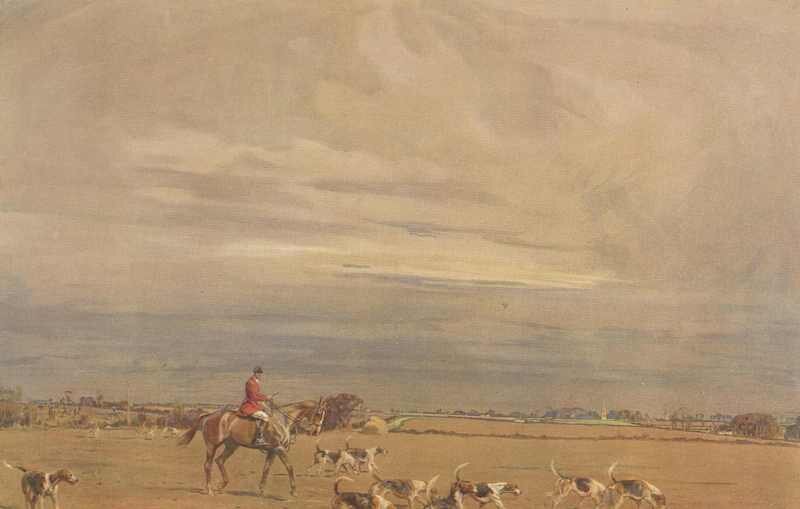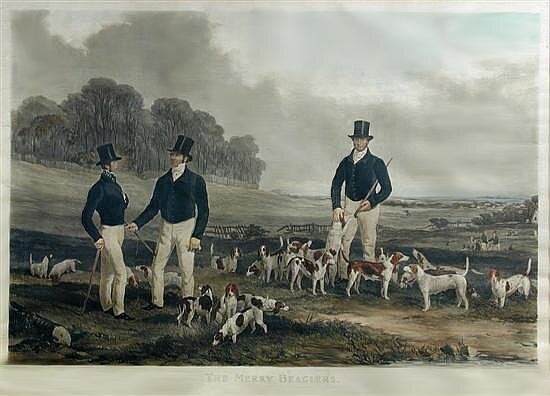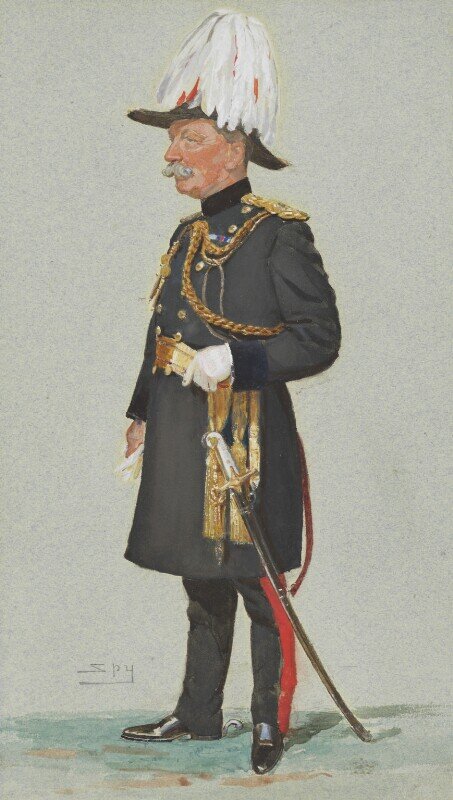My favourite paintings
I was delighted to be asked by Country Life to name my favourite painting for their edition this week. I chose Velazquez’ The Crucifed Christ. Here’s the article, together with some of the other paintings that I love. Some of these had already been chosen by others (you’re allowed to choose the same artist but not the same painting), but fortunately this Velazquez - which was always my first choice - had not been claimed.
All images are © the gallery named - click on the image for the source/further information

The Crucified Christ
Velazquez, 1632, Museo de Prado, Madrid
I quoted from El Christo de Velazquez, by Miguel de Unamuno. which ends with these lines:
¡Dame,
Señor, que cuando al fin vaya perdido
a salir de esta noche tenebrosa
en que soñando el corazón se acorcha,
me entre en el claro día que no acaba,
fijos mis ojos de tu blanco cuerpo,
Hijo del Hombre, Humanidad completa,
en la increada luz que nunca muere;
mis ojos fijos en tus ojos, Cristo,
mi mirada anegada en Ti, Señor!
Give to me,
Lord, when at last I am lost
to get out of this dark night
in which dreaming the heart cushions,
I enter the clear day that does not end,
fixed my eyes on your white body,
Son of man, whole humanity,
in the uncreated light that never dies;
my eyes fixed on your eyes, Christ,
my gaze flooded with You, Lord!
(Translation via Google - someone might be able to help me and do better!)
https://anpoto.blogs.uv.es/poesia-el-cristo-de-velazquez-de-miguel-de-unamuno/
A Kill at Ashdown Park
James Seymour, 1743, Tate Britain
As Chairman of the Countryside Alliance writing for Country Life, I wondered whether to choose this, one of my favourite sporting paintings. The hounds and horses are exquisitely painted, but it’s a fine work in its own right, depicting the unique beauty of the English landscape. It also has much to observe in the background – a shepherd with his dog and flock, and an incongruous coursing scene.
Your Britain – Fight for It Now
Frank Newbould, 1942, Imperial War Museum
This iconic poster depicts the South Downs in Sussex. I continue to be fascinated that a generation ago the English countryside was evoked to inspire a patriotic fervour to fight. I hope that it holds the same significance in our national imagination now, but I wonder.
Arundel Castle, on the River Arun
J M W Turner, c.1824, Tate Britain
I first became aware of this painting when I bought a rather poor copy which now hangs in our house in Arundel. I discovered that the original was in the Tate and (with permission!) used the image on my first Christmas card which I sent as the MP for Arundel & South Downs. What I hadn’t appreciated, until I saw the painting an exhibition in Petworth House, is that it is a very small watercolour. It depicts a stunning landscape which has come to mean a lot to me. I often see this view when I walk on the South Downs in Arundel Park, looking past Arundel Castle and towards the sea.
Dr Pozzi at Home
John Singer Sargent, 1881, Hammer Museum, Los Angeles
I think John Singer Sargent is my favourite artist, and I could have chosen any number of his paintings. I first saw his striking portrait of Dr Pozzi in an exhibition at the Met in New York, a painting (and subject) that have now been given even greater prominence by being featured on the front cover of Julian Barnes’ book The Man in the Red Coat. His portrait of Milicent, Duchess of Sutherland in the Thyssen is equally imposing.
Milicent, Duchess of Sutherland
John Singer Sargent, 1904, Museo Nacional Thyssen-Bornemisza, Madrid
Olimpio Fusco
John Singer Sargent, c.1900-1910, National Gallery of Art, Washington DC
I saw this in a terrific exhibition of Singer Sargent’s drawings at the Morgan Library and Museum in NYC in January.
Der Wanderer uber dem Nebelmeer (The Wanderer above the Sea of Fog)
Caspar David Friedrich, c.1817, Hamburger Kunsthalle
Romantic, mysterious, magnificent.
Garrowby Hill
David Hockney, 1998, Museum of Fine Arts, Boston
I could have chosen so many of Hockney’s paintings. His landscapes have a bright, contemporary, almost cartoon-like style, yet they capture the English countryside as assuredly as a 19th century English work.
Ground Swell
Edward Hopper, 1939, National Gallery of Art, Washington DC
I love Hopper’s work. Some of his realist paintings are stark, but this one is brighter, while remaining enigmatic.
Orange and Red on Red
Mark Rothko, 1957, Phillips Collection
There’s a whole room of Rothkos in the Phillips in which you can saturate yourself in colour.
Sir Thomas More
Hans Holbein, 1527, The Frick Collection, NYC
Hard to choose a painting from my favourite gallery in which every work is a masterpiece.
George Washington
Gilbert Stuart, 1795 The Frick Collection, NYC
The Bullfight
Edouard Manet, 1864, The Frick Collection, NYC
Manet exhibited Incident at a Bullfight at the Salon of 1864, but he was never happy with it, and he later cut off the lower half, which became The Dead Torreador (see below), now in the National Gallery of Art, Washington DC.
The Dead Torreador
Edouard Manet, 1864, National Gallery of Art, Washington DC
Wheat Fields with Cypresses
Vincent Van Gogh, 1889, Metropolitan Museum, NYC
I could have chosen so many of Van Gogh’s paintings, but I (literally) keep returning to this one.
Starry night over the Rhone
Vincent Van Gogh, 1888, Musee D’Orsay, Paris
An extraordinary painting of a town we visit every year, Arles.
The Essex Hunt
Dean Wolstenholme, Senior, 1831
The Start of the Hunt at Matching Green; Full Cry from Leaden Roding to High Easter; Gone to Ground at Man Wood with a view of Hatfield Broad Oak beyond; and The Kill from Dunnon High Wood at Easton Lodge, the seat of the Right. Hon. Lord Maynard.
These beautifully painted hunting scenes depict The Essex Hunt, my home pack, at the village where I grew up (Hatfield Broad Oak). Despite their proximity to Stansted Airport and London, these Essex landscapes are remarkably unchanged. We have a set of four prints of these paintings on our wall. To our surprise, we also saw a set in Tudor Place in Georgetown, Washington DC, home to descendants of George Washington.
The Essex – check near White Roding
Lionel Edwards, c.1925
Another print on our wall. One of the great sporting artists, Lionel Edwards perfectly captures the flat, open Essex plough country, so good for seeing hounds work, and its big sky. The River Roding valley remains largely unspoilt, despite being less than 30 miles from the centre of London.
The Merry Beaglers
John Harris after Harry Hall, c.1840
“The three followers of this pack of beagles, near Briggins Hall are The Rev. Phillip Honeywood of Marks' Hall and Bradwell, Essex (central figure). The figure on the left is his brother in law, Charles Phelips of Briggins Hall, Herts and the figure on the right is Tom Pitts, the huntsman and servant to the Rev. Honeywood.”
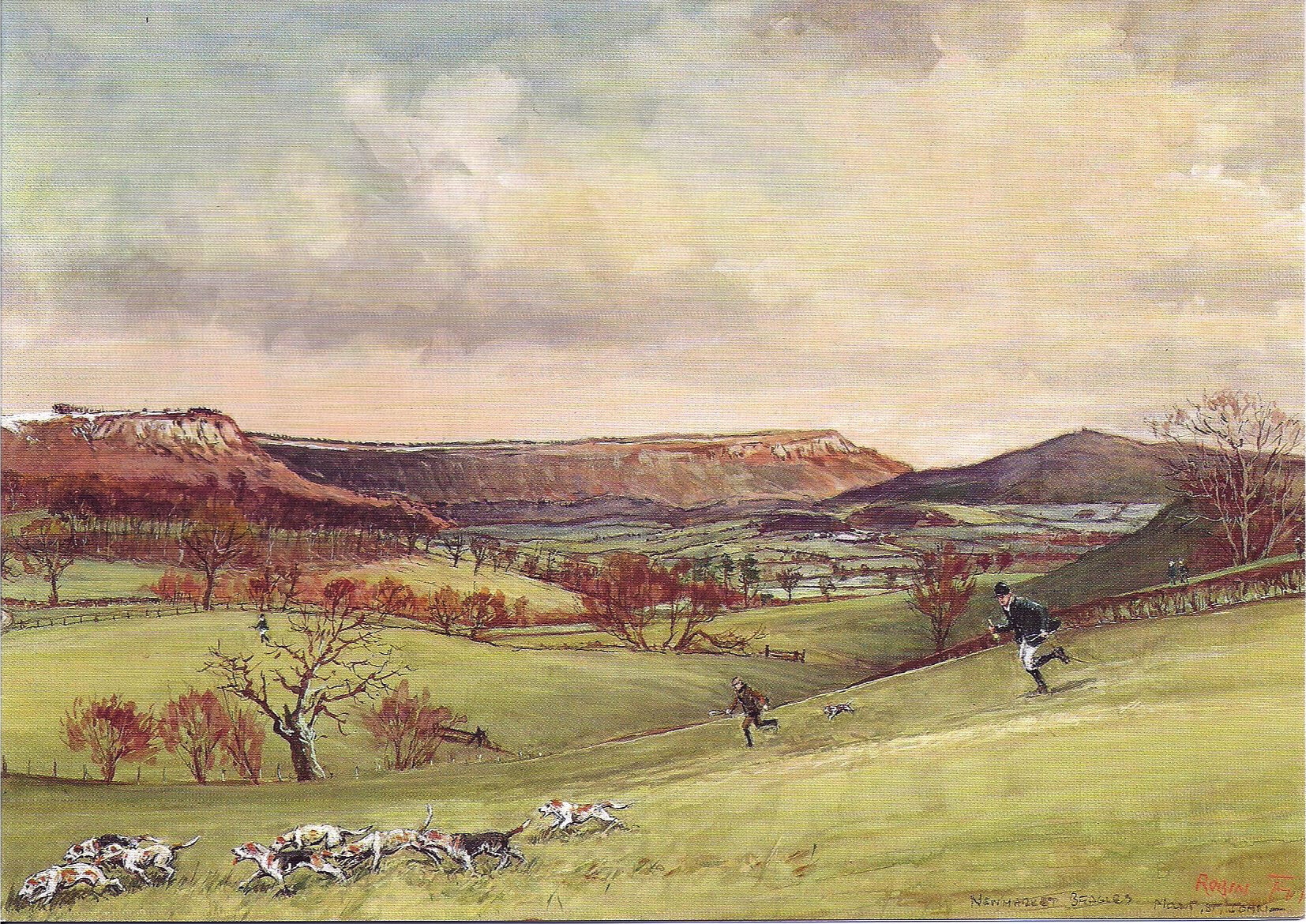
The Newmarket Beagles at Mount St John, Felixkirk
Robin Furness, 1991
This painting. with its wonderful view of Sutton Bank and the Hambledon Hills in North Yorkshire, depicts my hounds, the Newmarket Beagles, on New Year’s Day in 1991. I hunted the hounds for 14 seasons and we had many wonderful days at Mount St John, thanks to the generosity of the then owner, Mr L B Holliday, to whom we presented this painting. I still have very good signed prints available - please e-mail me for further information.
Henry Doveton Hutchinson
Sir Leslie Ward, 1904, National Portrait Gallery
This portrait depicts my great, great grandfather, Lieutenant General Henry Doveton Hutchinson (1847-1924), who wrote an account of the Tirah Campaign in India and raised 2 Battalion, 3 Gurkha Rifles. The portrait was published in Vanity Fair’s “Men of the Day” series on 8 Sep 1904 under the title “Patronage”.

